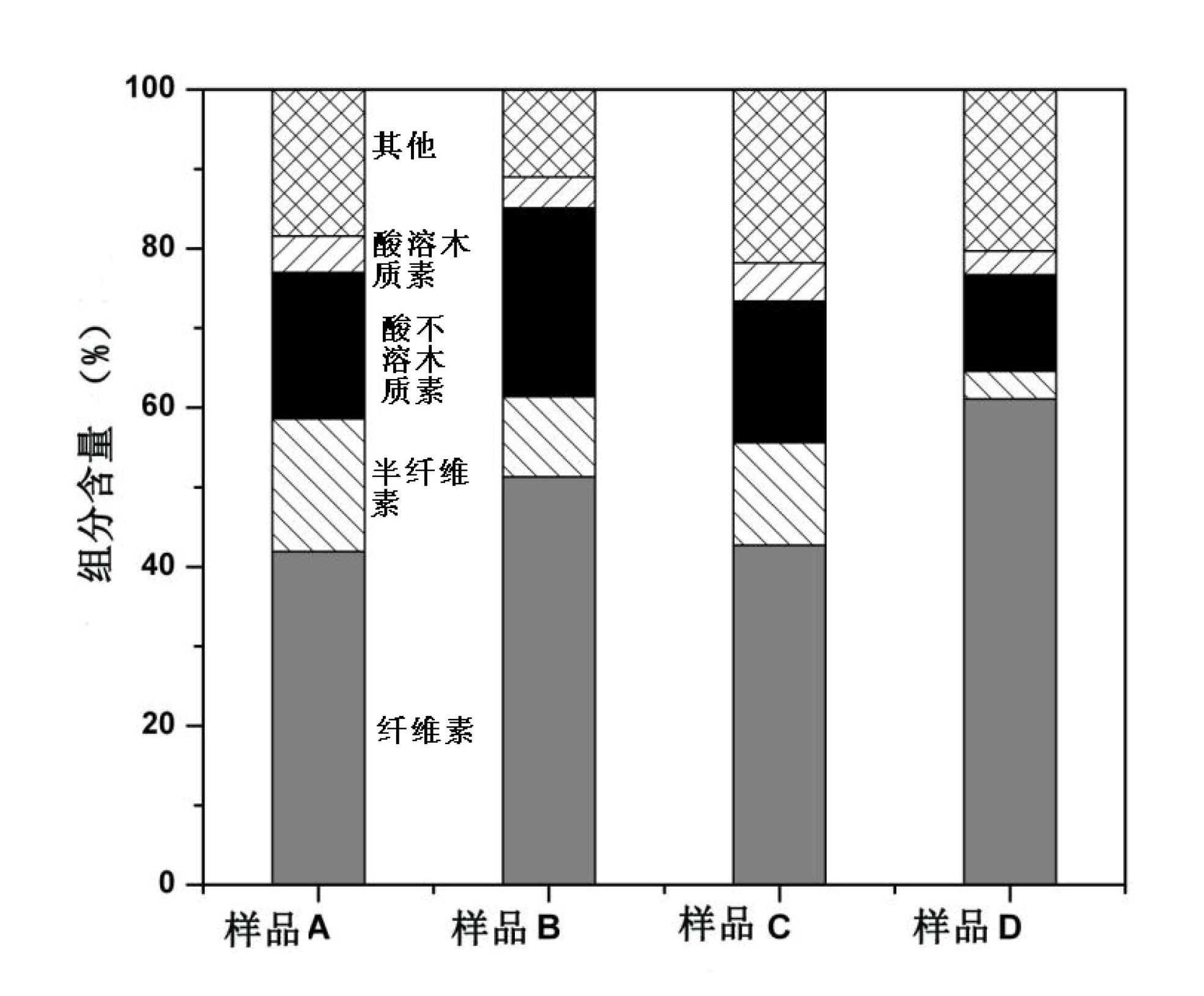Pretreatment method for improving enzyme hydrolysis rate of lignocellulose
A technology of lignocellulose and enzymatic hydrolysis, applied in fermentation and other directions, can solve the problem of unsatisfactory cellulosic hydrolysis rate and achieve clean and efficient separation
- Summary
- Abstract
- Description
- Claims
- Application Information
AI Technical Summary
Problems solved by technology
Method used
Image
Examples
Embodiment Construction
[0029] The present invention will be described in further detail below in conjunction with the accompanying drawings and specific embodiments, but not as a limitation of the present invention.
[0030] The wood powder raw material in this example is fast-growing triploid Populus tomentosa, three-year-old, collected from Shandong Province. After the raw material is crushed, pass through a 0.8mm sieve, extract with phenyl alcohol Soxhlet in a volume ratio (2:1) for 6 hours, and take a dewaxed 80-100 mesh dry sample for use. Ionic liquid [C 2 mim]OAc was purchased from Lanzhou Institute of Chemical Physics with a purity of ≥98.5%. Cellulase (Celluclast 1.5L) and β-glucosidase were purchased from Sigma Aldrich. All other reagents used were of analytical grade or reagent grade and were directly purchased and used without further purification.
[0031] figure 1 It is a schematic flow chart of the lignocellulose pretreatment method for improving the enzymatic hydrolysis rate of t...
PUM
| Property | Measurement | Unit |
|---|---|---|
| pore size | aaaaa | aaaaa |
Abstract
Description
Claims
Application Information
 Login to View More
Login to View More - R&D
- Intellectual Property
- Life Sciences
- Materials
- Tech Scout
- Unparalleled Data Quality
- Higher Quality Content
- 60% Fewer Hallucinations
Browse by: Latest US Patents, China's latest patents, Technical Efficacy Thesaurus, Application Domain, Technology Topic, Popular Technical Reports.
© 2025 PatSnap. All rights reserved.Legal|Privacy policy|Modern Slavery Act Transparency Statement|Sitemap|About US| Contact US: help@patsnap.com



